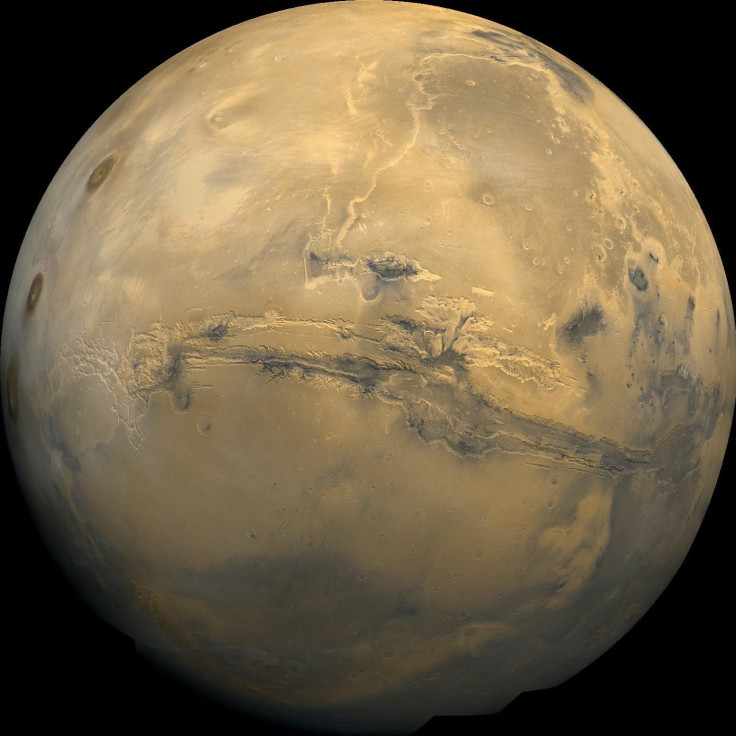April Astronomy Events: From A Total Lunar Eclipse To Mars Opposition And 'Zero Gravity Day' [VIDEO]

April will be a busy month for stargazers. There are several astronomy events that will occur throughout the month including a total lunar eclipse and a Mars opposition. Of course there is the sure-to-be-shared story of "Zero Gravity Day" that will flood social media but, as with all things on the Internet, be skeptical before sharing.
The first astronomy event of April will be the Mars opposition on April 8. Mars will be directly opposite of the sun, with Earth in the middle, but the Red Planet will not be at its closest point to Earth on that day. Mars' closest approach to Earth will be on April 14, due to Mars' orbit, reports Space.com. The last Mars opposition occurred on March 3, 2012.
Some people may be talking about a planetary alignment that will occur on April leading to what is being called "Zero Gravity Day." An article from News-hound.org states that on Friday, due to Pluto lining up with Jupiter and the Earth, will create a strong enough counter-force to Earth's gravity. The reduction of gravity will let people float for a few seconds at the precise time of alignment, 9:47 a.m., according to the article.
"Zero G Day" and #ZeroGDay quickly populated social media when the article was first published. Slate quickly debunked the story, noting the lack of planetary alignment on Friday as well as the lack of gravitational pull that could be caused by the distant planet. Not only is "Zero G Day" a hoax it was a fake news story only a few months ago. The first News-hound.org report happened in January, notes Slate.
While the Mars opposition may not be a great viewing event, the total lunar eclipse on April 15 will be the best astronomy event in April. According to EarthSky, the total lunar eclipse, also known as a red moon or blood moon, on April 15 will be the first of four total eclipses that will occur through 2014 and 2015. The next total lunar eclipse will occur on Sept. 28, followed by a total lunar eclips on April 4, 2015 and the final eclipse will take place on Oct. 8, 2015. The lunar eclipse will be easily visible throughout North America.
April's full moon also occurs on the 15th. The full moon is traditionally known as the Pink Moon. According to the Farmers' Almanac, April's full moon gets its name from one of the earliest blooming flowers of spring, phlox subulata also known as moss pink.
The last astronomy event of April may be the most spectacular. The second meteor shower of 2014, the Lyrids, occur between April 16 and 25, with its peak on April 22, notes EarthSky. Skygazers can expect 10 to 20 meteors per hour during the peak of the Lyrids.
A video discussing the total lunar eclipse, the Lyrids and Mars opposition, courtesy of NASA, can be viewed below.
© Copyright IBTimes 2025. All rights reserved.






















